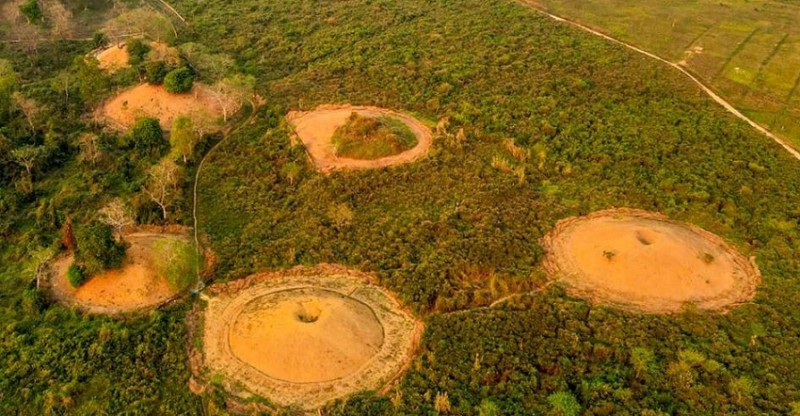
NEW DELHI: On Friday, the unique burial structures of Assam's Ahom dynasty, known as 'Moidams,' were officially added to the UNESCO World Heritage List. This marks the first time a cultural site from Northeast India has achieved this prestigious status.
The announcement was made during the 46th session of the World Heritage Committee (WHC), currently taking place in India. Assam Chief Minister Himanta Biswa Sarma celebrated the news on social media, stating, “The Moidams have been included in the UNESCO World Heritage List under the Cultural Property category--an exceptional achievement for Assam. It is the first site from the Northeast to be listed under this category, joining Kaziranga and Manas National Parks as Assam’s third World Heritage Site.”
Sarma emphasized the significance of the Moidams of Charaideo, highlighting their role in reflecting the spiritual beliefs, rich cultural heritage, and architectural skills of Assam’s Tai-Ahom community.
The Moidams were nominated by India for inclusion in the UNESCO World Heritage List for 2023-24. These distinctive burial mounds, resembling pyramid-like structures, were utilized by the Tai-Ahom dynasty that ruled Assam for approximately 600 years.
According to the Ministry of Culture, the Tai-Ahom clan, which migrated from China, established their capital in various parts of the Brahmaputra River Valley from the 12th to the 18th century CE. Choraideo, in particular, was a revered site where the Tai-Ahoms set up their first capital under Chau-lung Siu-ka-pha, nestled at the base of the Patkai hills. Known as Che-rai-doi or Che-tam-doi, this sacred site became a significant burial ground where Tai-Ahom royals were believed to transition into the afterlife.
The Tai-Ahom people considered their kings to be divine, which led to the creation of Moidams--vaulted mounds used for royal burials. This funerary tradition, lasting 600 years, saw the use of various materials and architectural styles over time. Initially constructed from wood, and later from stone and burnt bricks, the Moidams were meticulously built, with the process detailed in the Changrung Phukan, a key Ahom text. The grand rituals associated with royal cremations underscored the hierarchical nature of Tai-Ahom society.
Latest updates:
Explore India's Budget-Friendly Destinations: Stay and Eat for Free!
Assam Predicted to Become Muslim-Majority State by 2041: CM Sarma